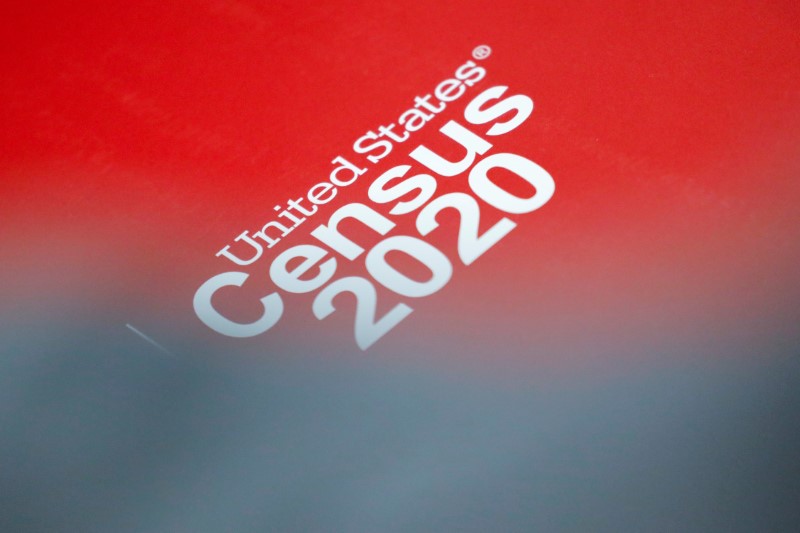
Michael Cardinal, FISM News
[elfsight_social_share_buttons id=”1″]
The US Census Bureau has released long-awaited data from the 2020 US Census which will begin the political process of redistricting.
The official goal of this distribution process, which happens every 10 years, is to redraw congressional district lines in a way that each district has roughly the same amount of people. However, Republicans and Democrats will both seek to redraw the lines in an effort to gain more House seats in elections for the remainder of the decade, in a process known as gerrymandering.
The Census Bureau released a statement earlier this month saying that they would hold a press conference around 1:00 on Thursday which would “provide initial analysis of the first local level results from the 2020 Census on population change, race, ethnicity, the age 18 and over population, and housing occupancy status.”
TODAY at 1PM ET: Tune in to our news conference for the #2020Census redistricting data release.
Learn about the first local level results from the 2020 Census on population change, race, ethnicity, and more: https://t.co/SJOpsY5YKx pic.twitter.com/OdLyRH4KKS
— U.S. Census Bureau (@uscensusbureau) August 12, 2021
Both parties will try to use this detailed demographic information to their benefit in states in which they have the majority. Republicans control the redistricting process in 20 states accounting for 187 seats, Democrats control 8 states accounting for 75 seats, and 16 other states, accounting for 167 U.S. House seats, will be controlled by independent commissions or by committees that are evenly split. Many analysts are saying this process could be the determining factor in who will take control of the House in the 2022 midterm elections.
Adam Kincaid, executive director of the National Republican Redistricting Trust, told the Associated Press that while redistricting was important, policies and the quality of individual candidates would be the determining factor in the midterm outcomes, and that he believes that Republicans would take back control of the House:
Republicans will take back the House next year because of Congressional Democrats’ outdated policies and President Biden’s failed leadership
It has also been reported that this census will reveal that the population amongst white Americans will drop for the first time in history while nearly all minorities will have shown population growth.
The data was originally set to be published in April but was delayed due to pandemic restrictions. This will lead to many state officials needing to rush to propose new district lines as some states deadline is set for September. As has happened in previous redistricting cycles, many proposals may be challenged legally. Courts forced Republicans to redraw their districts following a lawsuit in four states in 2010.
